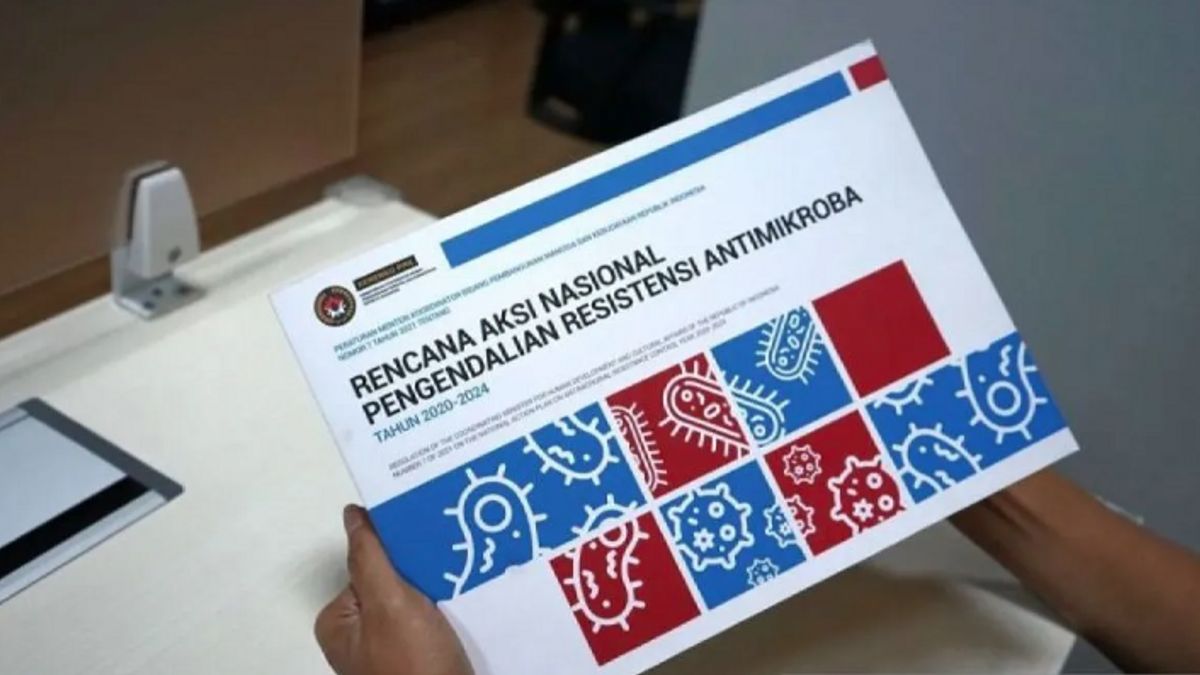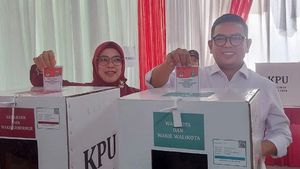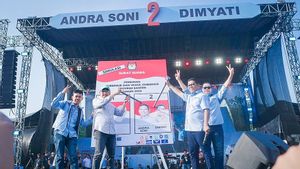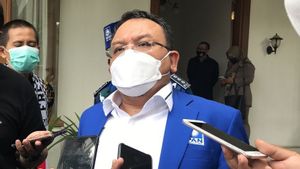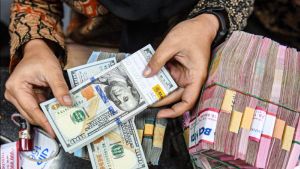JAKARTA The use of antibiotics that are not right on target has the potential to cause a number of dangers, even threatening community productivity. In the medical world, Antimicrobial Resistance (AMR) or antibiotic resistance is also referred to as a silent pandemic.
Antibiotics are often seen as the most effective drug of all drugs. This can be seen from the high interest in antibiotics in the community, because whatever the disease is, it is considered that it will not heal if it is not given antibiotics.
Even a number of doctors admitted that many patients asked to be prescribed antibiotics directly to speed up healing. In fact, antibiotics cannot be used carelessly. Not all diseases can recover with antibiotics.
Data from the 2023 Indonesian Health Survey (SKI) shows that 22.1 percent of the public use oral antibiotics, such as tablets and secureers. Of these, 41 percent get it easily, not from official supporting health care facilities such as pharmacies or drug stores.
"Some get from stalls, also get from places of online circulation and or places that are not suitable for distributing this antimicrobial," said Lucia Rizka Andalusia, Director General of Pharmacy and Medical Devices.
Quoting thephealthcare, antibiotics come from the Greek word anti which means 'against and bios which means 'life. Antibiotics are a drug used to inhibit the growth of bacteria that cause infection. This drug has been used to fight bacterial infections in plants, animals, and humans since the 1930s.
Keep in mind that antibiotics only fight infections caused by bacteria, not to fight infections caused by viruses. Therefore, pain such as flu, sore throat, gondok, and other diseases caused by the virus do not require antibiotics. If antibiotics are used to treat viral infections it can actually endanger the body. Unfortunately, this is still often misinterpreted by the community.
The improper use of antibiotics can cause resistance, so antibiotics are no longer able to kill bacteria that cause disease because bacteria change themselves to be able to adapt to the surroundings so that they are immune. This in medicine is called Antimicrobial Resistance (AMR) or antimicrobial resistance.
AMR is a condition when bacteria, viruses, fungi, and parasites no longer respond to antimicrobial drugs. Germs that cause disease become immune or resistant to antibiotics, which eventually cause patients to find it difficult to recover in the future.
This problem is one of the serious public health threats, in fact, the World Health Organization WHO has predicted 10 million deaths by 2050 due to an increase in AMR cases.
The threat of antibiotic resistance is so serious that the world of health describes this as a silent pandemic. This problem not only threatens the health of individuals, but also has a major impact on community productivity.
SEE ALSO:
Head of the Department of Relations of the Government Institution PB IDI, Brigadier General Retired Dr. Dr. Soroy Lardo, SPD KPTI FINASIM, emphasized that if not addressed immediately, the impact could increase the morbidity and mortality rate due to infection, as well as disrupt the economic and social balance.
Community productivity will be disrupted if infections caused by antibiotic resistance cannot be controlled. The global action plan must make this the main focus on the health issues of today and the future," said Dr. Soroy in a media briefing organized by the Indonesian Doctors Association (IDI), Thursday (28/11/2024).
Antimicrobial resistance has become a pandemic or a silent pandemic. Sadly, the silent pandemic has made Indonesia enter five countries with an estimated increase in the highest percentage of antimicrobial consumption by 2030.
AMR is now a global concern, as stated in the Sustainable Development Goals (SDGs) target, where there is a target to reduce antimicrobial prevalence. At the national level, AMR response is described in the 2020-2024 Antimicrobial Resistance Control National Action Plan.
To deal with antibiotics, said Dr. Soroy, a holistic approach is needed, one of which is through the One Health strategy. This approach involves collaboration between institutional management, environmental conservation, and active community participation.
In addition, it is also important to use technology such as artificial intelligence (AI) to create data-based solutions that are right on target.
"Public education, early simulation of risks, and village-based programs are the main steps in prevention. Strengthening human resources and developing a health ecosystem that supports the control of antibiotic resistance is the key to success," he stressed.
Not only that, the health professional organization has a strategic role as a synergy bridge between government policies and implementation in the field. A competent human resource (HR), both in terms of quantity and quality, is a supporting factor in the success of the program.
With joint efforts, antibiotic resistance can be managed so that its impact on society can be minimized, as well as community-based prevention programs and cross-sectoral cooperation are the keys to maintaining public health stability in the future.
The English, Chinese, Japanese, Arabic, and French versions are automatically generated by the AI. So there may still be inaccuracies in translating, please always see Indonesian as our main language. (system supported by DigitalSiber.id)
